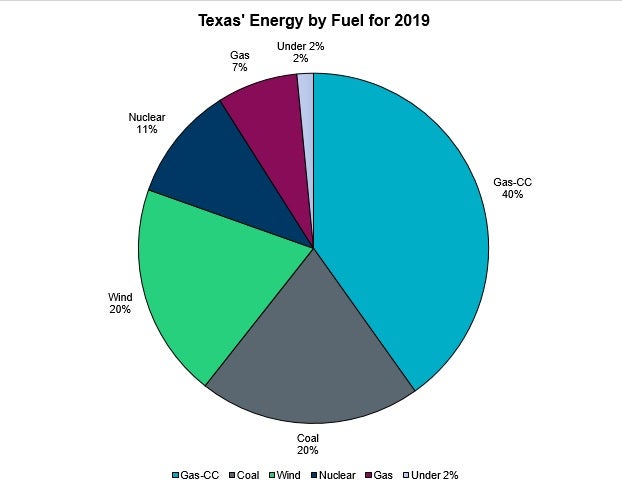- Electric vehicles can save the owner a considerable amount of money in operating costs compared to internal combustion engines. EV’s require far less maintenance. With an EV you no longer have to get your oil changed. You also do not have issues with transmissions, mufflers, or spark plugs.
- In addition, the cost to fuel a car with electricity compared to gasoline is considerably cheaper. Gasoline will typically cost three times the amount to fuel a vehicle compared to electricity.
- Consumers never have to go to a gas station again unless they wish to stop for a snack. The majority of charging will be at home, giving drivers the convenience of never visiting the gas pump again. Charging a car is a lot like charging a phone. Plug in at night, and forget about it, so it will be ready for use in the morning.
- Finally, for the environmentally concerned member, all-electric EV’s produce no tailpipe emissions. As the grid becomes cleaner, the emissions at the power plant used to power to EV will become cleaner as a result.
- One of the factors consumers should figure out before purchasing an electric vehicle is their average drive range. For those who drive more than 70 mile per day without access to public or workplace charging, owning an EV might be a challenge. However, statistics show that the majority of the American population drive less than 50 miles per day. Those with a commute longer than 70 miles can still purchase a plug-in hybrid electric vehicle (PHEV), which allows drivers to get some benefit of saving on your fuel costs when in electric mode.
- Another factor is having access to a 240 breaker or outlet. For at home charging, having a level II 240 charger is ideal. Average charge time is 4-8 hours with a level II charger. With a level I charger, charging time can be significantly longer. There are upfront costs that the consumer will need to purchase the level II charger, but United offers a rebate of 50 percent off the cost of the charger up to $500.
- The range for EV’s vary by model. It is important to do research on the range of the vehicle before purchasing one. The average range for an all-electric vehicle is 75-100 miles. However many EV models have range of more than 200 miles now.
- Batteries are typically the most expensive item to replace on an electric vehicle. However, most manufacturers are offering 8 year/100k mile warranties for batteries.
- Many EV’s have high safety ratings. The heavy battery at the bottom of the car gives the EV a lower center of gravity that makes it less likely to rollover compared to a conventional fuel vehicle. Historically, gas cars have averaged one fire for every 20 million miles driven. Electric vehicles have averaged one fire for every 120 million miles driven.
- EV’s do have limited range for cross-country travel. However, there are many public chargers available across the country for anyone to use. To view these chargers you can access the mapping section of this website.
- The average level II EV charger will be similar to adding another water heater to your home. At United’s rate, the charger would add an additional $30-$40 a month to a member's bill. This is far less than the cost to fuel your vehicle with gasoline.
- Level II charging equipment is probably the best option for a typical consumer's daily commute. Charging is often done overnight, and with a level II, members can have a complete charge within that 8-hour period.
- United recommends having a certified electrician to install the level II charger for your home.

- Nearly 20 percent of the U.S. electric grid is made up of renewable energy sources. These energy sources will continue to grow, and only make the grid more environmentally friendly over time.
- In addition to the renewable energy sources the grid uses, it also uses nuclear energy to produce power. Nuclear energy doesn’t produce any air pollution or carbon dioxide when operating. This means nearly 40 percent of the U.S. electric grid produces zero greenhouse gas emissions.
- Learn more about how energy is made in the United States by clicking here.
- Some EV’s can be purchased at a local car dealership. Call ahead of time to make sure they have a particular model on the lot.
- Other manufacturers, such as Tesla, do not have dedicated dealerships, but have showrooms at certain public places for consumers to view the vehicle. To purchase the vehicle, consumers must order it straight from the manufacturer. The delivery date could take some time.

